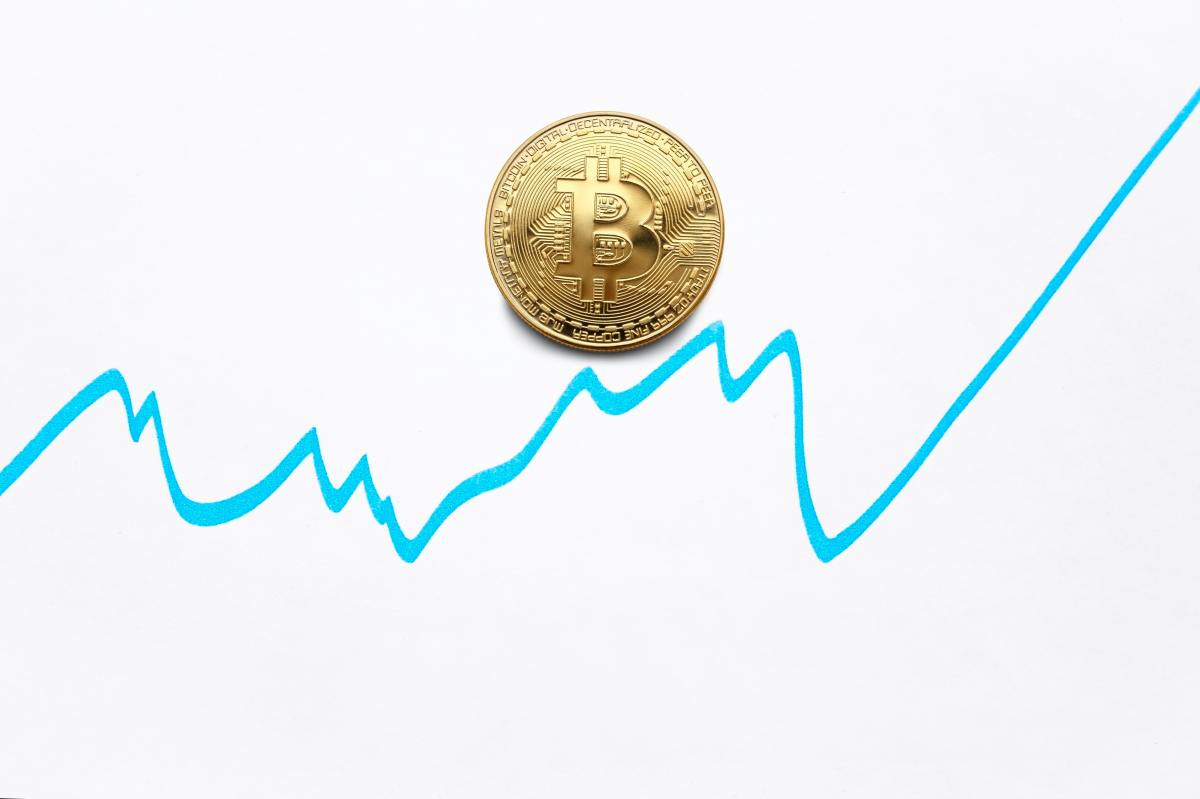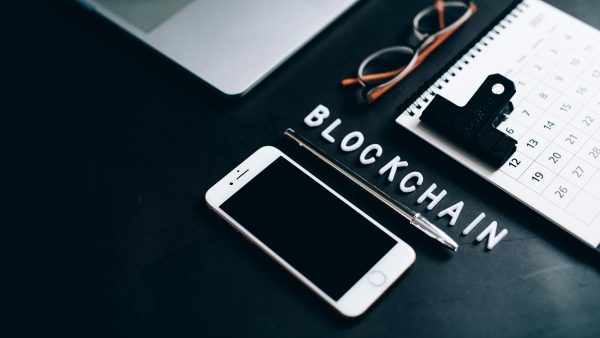One of the most innovative technologies that’s been developed in recent years is blockchain, due not only to its versatility, but also to the security and trust it offers. Associated with the handling of large amounts of data, it’s changed the way we perform transactions, enter into contracts and purchase art. Understanding what blockchain is and what it’s used for will contribute to better understanding of the security of the future.
The term blockchain is a literal one. In the chain each block is full of data, in other words, the information is recorded and grouped into blocks and each block functions as a link.
What is blockchain?
In reality, it’s a huge database that collects and stores information in a shared and decentralised manner. This creates a record that’s unique, but it also generates synchronised copies, making it impossible to manipulate the data.
The idea of the chain is linked to the reliability that this technology provides, as the blocks store information in a linear way and can’t be deleted or manipulated, because each of them is connected to the previous one and it isn’t possible to break the chain, thanks to the use of cryptography. This quality sums up the major innovation it brings in terms of the reliability of the data it then provides.
All kinds of digital transactions can be recorded in this large database, ranging from the sale of a property or the signing of a contract between companies to a patent, the acquisition of a digital artwork or an NFT, depending on whether they’re tangible or intangible assets.
The above is recorded in what’s known as a distributed ledger. These large databases are accessed by a certain number of authorised persons for each network of blocks, who are responsible for entering the data into the latter. In addition, the work is carried out in several nodes, which means that the information is always available, thanks to the ability of these points to decentralise and redistribute the data if necessary. This guarantees the security, accessibility and transparency of each record.
What is blockchain for?
The digital transformation has made data the essential raw material for companies. And blockchain technology guarantees the fast and efficient transmission of information, with the certainty that it can’t be tampered with or deleted, like a digital signature.
Its ability to unalterably record all kinds of digital transactions facilitates the authentication, tracking and traceability of such transactions and assets recorded by means of this technology. The creation of these digital fingerprints has meant that their use has extended rapidly from the financial world to a wide range of other sectors, including distribution, logistics, healthcare and manufacturing.
Companies, regardless of their size, can also use it as a service, blockchain-as-a-service, to ensure that the information they work with is truthful and to constantly identify the process that this information has undergone (who generated it, and where and when). Thus, the different methodologies can be improved and the protocols can be made more efficient.
It makes data exchanges more reliable, which helps to build trust with end users and prevents problems such as data duplication and the fraudulent use of the data. In addition, the fact that the information is always accessible at any given time streamlines any process. The above is reflected in cost reductions for companies and the public administrations.
As it ensures that each annotation is unique, blockchain technology has been a powerful driver of, for example, the development of NFTs, and it’s been the solution in cases of theft and fraud, because it removes the possibility of duplicating these assets and it helps to find the stolen one. Another area in which this technology is increasingly useful is that of smart contracts, which are executed directly, without the need for intermediaries and without the possibility of any of their requirements being altered, as well as the storage of medical records and the traceability of medicines.
The momentum given by cryptography to blockchain
To understand what blockchain is, we have to refer to cryptography because, without the development of cryptography, blockchain technology wouldn’t be what it is today, nor would it have the applications that it has. Why? Because of the characteristics provided by this mathematical discipline when it comes to protecting information and communications.
There are different kinds of cryptographies, and these are tasked with linking the blocks to each other and protecting their contents. Thanks to the use of a set of algorithms, cryptographic keys can be generated, information can be hidden from the eyes of those who shouldn’t see it and communications can be protected to ensure that only the people involved in the blockchain can gain access to them.








